We are big advocates of organic gardening down on our allotment. Excluding a half-opened bottle of pea-pod wine, the only filthy chemicals you’ll find lurking in our shed are the ones used to help scrub the grunge from our brewing vessels. Furthermore, our allotment is an open house for all creatures, great and small; deer come from miles around to snack on our sorrel*, wasps sip from our pints of cider** and slugs merrily nibble at our beetroot plants.***
We are always looking out for new, environmentally sound gardening practices to unleash on our veggies, so we were more than happy to receive a copy of Val Bourne’s fab new book, The Living Jigsaw. By encouraging a wide natural diversity of birds, bugs and mammals to help create a balanced ecosystem, Val teaches us that it is possible to maintain a healthy, productive, chemical free garden. It’s a lush tome, no doubt about it. Val’s beautifully penned prose is accompanied by photographs taken in her own chemical-free, envy-inducing garden, inviting the reader to dip in and out of the pages like a bee supping nectar. It’s essential reading for those wishing to work in harmony with nature – and as a gardener, that should be your number one priority.
Eager to learn more about natural gardening, we hopped over the wall of Spring Cottage, swatted brushed our way through clouds of happy butterflies and quizzed Val for more sagely advice
+-+-+-+-+-+-+-+-+-+-+-+-+-+-+-
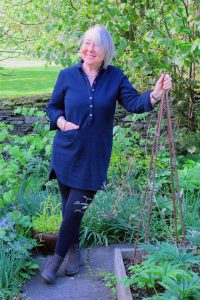 Was writing ‘The Living Jigsaw’ a labour of love, or were there times when you resented it from stealing away precious gardening time?
Was writing ‘The Living Jigsaw’ a labour of love, or were there times when you resented it from stealing away precious gardening time?
It was a labour of love, because a lot of gardeners want to be organic because they’re concerned about wildlife so writing this book about the way I garden (without using any sprays or chemicals including garlic sprays or soft soap) is very timely. Gardens are important spaces for wildlife, whether they’re in the town or city, and it’s possible to have a lovely garden that benefits wildlife. I’ve spent many years observing my garden and I wanted to pass this information on. And Chris Packham’s foreword catches the spirit of my book.
How do you feel this book ranks amongst your (many) others?
It’s my eighth book and it’s an extension of The Natural Gardener, published in 2005, and written about my Hook Norton garden. The move to Spring Cottage in the wonderfully named village of Cold Aston, high in The Cotswolds, prompted this book and it’s definitely my most important book so far because it has new things to say.
‘The Living Jigsaw’ is beautifully photographed by Marianne Majerus. Did you have her on call for the wildlife shots? (“Come quick, Marianne, there’s a hawk moth in the border!”)
Marianne came four times and captured the garden four times, in each season, but I did the insect photography. I went out every day and tried to photograph as many insects as I could, although I failed with some. Beetles were too fleet-footed for me. The Best Beloved also helped and our favourite photo (taken by him) is of lacewing eggs hanging from a scabious. Actually we have more pictures in the book than Marianne.
Which books have inspired your own gardening?
I don’t think many books have inspired me, although Margery Fish’s A Flower for Every Day introduced me to some new plants such as hardy geraniums, pulmonarias and astrantias. They’re commonplace in gardens now, but in 1965 when it was published, they weren’t grown. Beth Chatto’s plant descriptions in her catalogues were also inspirational. Twenty words that really captured a plant.
If you could swap gardens with anyone, whose garden would you choose?
I would never swap my garden!
When was the last time you did a proper jigsaw puzzle and what was the picture?
It was probably The Gruffalo, which used to be a favourite of my grandchilden – India, Ellie, James and Jess. I’m hopeless at sitting still!
Snails and hostas. Can both truly co-exist in a garden?
HRH Prince Charles has a National Collection of Hostas at Highgrove and they are not massacred because there are plenty of predators around to clean them up. Ground beetles are the best predators. One lady, at a talk, said but he has nine gardeners – well it’s a big garden. They don’t stand guard at night.
We attract clouds of wasps when we press our cider. Is there a natural way to discourage them?
Plant nectar-rich plants such as crocosmias and kniphofias, ones that flower in August. For most of the year wasps are brilliant predators and they collect small creatures and take them back to the nest for the larvae. They’re rewarded by sugar droplets – it’s only when the nest is empty that trouble begins.
It’s not always easy to follow the path of natural gardening on council owned allotments. For instance, our carefully managed, insect-friendly nettle patch (grown for nettle beer) is considered uncultivated by the allotment inspectors, therefore in breach of allotment rules. Do you think councils need to be more tolerant in this respect?
Of course. Verge mowing is a total waste of time in most cases, a mad exercise in neatness. We have to have wilder areas, including nettle patches on allotments, to sustain and shelter insect life. They are wildlife-friendly allotments!
Chelsea, Hampton Court, or Malvern?
Malvern all the way!
Tell us a great gardening tip.
Don’t be neat freak every where. Have some undisturbed areas on the edges of your garden so that hedgehogs, voles and other small creatures have shelter. Avoid gaps in your borders – create a leafy canopy using a wide variety of different plants with different shapes of flower in a wide range of colours.
What are your three ‘desert island’ vegetables?
Leek Oarsman F1
Parsnip Gladiator F1
Beetroot Alto F1
After a hard day working the garden at Spring Cottage, what beverage do you reach for?
Sorry lads, I only drink tea and water!
+-+-+-+-+-+-+-+-+-+-+-+-+-+-+-
The Living Jigsaw is available now.
Published by Kew, £25.00
+-+-+-+-+-+-+-+-+-+-+-+-+-+-+-
*Not entirely happy about this.
**Or this. Not sure I like wasps.
*** WILL YOU PLEASE, PLEASE JUST GET YOUR DIRTY, SLIMY, MOLUSC FEET OFF MY LOVELY VEG!!!!!


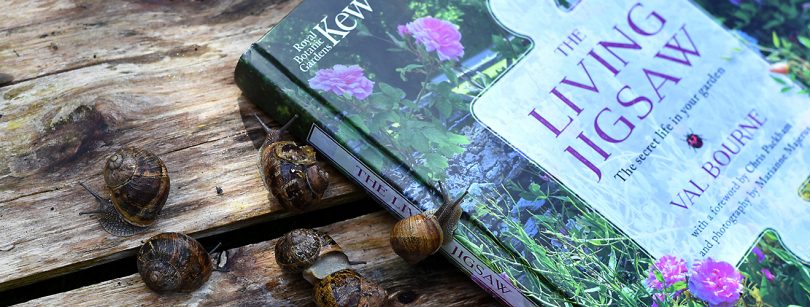
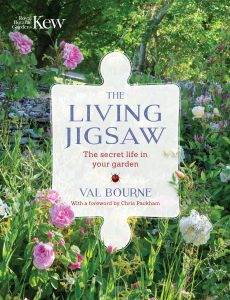

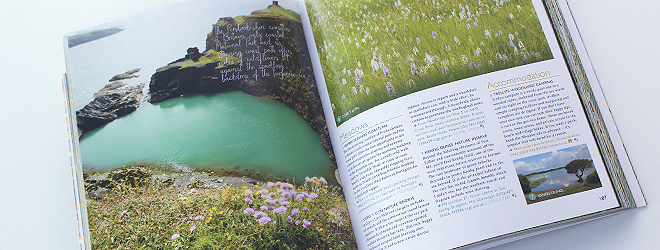

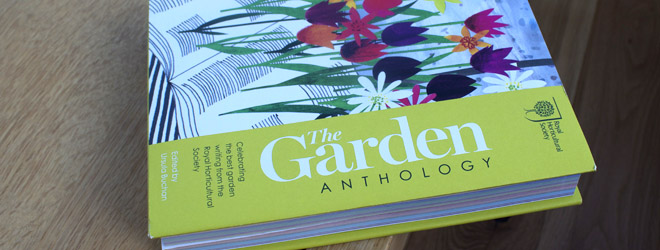

Val Bourne s garden is living proof that cultivating a healthy ecosystem what she calls her living jigsaw really can produce a beautiful and productive garden. By encouraging a wide diversity of birds, animals, insects, and even slugs, your garden will find a natural balance that will allow plants to shrug off problems before they become entrenched.
Val Bourne s garden is living proof that cultivating a healthy ecosystem what she calls her living jigsaw really can produce a beautiful and productive garden. By encouraging a wide diversity of birds, animals, insects, and even slugs, your garden will find a natural balance that will allow plants to shrug off problems before they become entrenched.